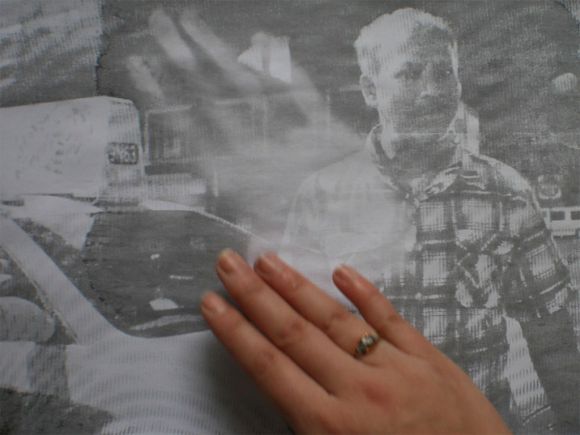![]()
A good amount of entries for our Fubarino Contest are finally starting to roll into the tip line. Good thing, too, as this is the last day for submissions. What are you waiting for? we just passed the entry deadline.
The latest one comes from [Vojtak], who created an awesome looking minimalist game console with nothing but the power of sheer will, impressive determination, and an Arduino. The 8×8 red LED matrix is driven by the wonderful Max7219 display driver, and a 3-axis accelerometer and battery charging circuit fills out the build. On the software side, [Vojtak] has written a number of apps for his console including Snake, a maze game, and a lot of stuff that uses the built-in accelerometer.
As an entry to our Fubarino Contest, [Vojtak] needed to implement our URL as an easter egg. By entering the Konami code and going into the console’s image viewer, you have four additional slots to save your artwork which are initially filled with something resembling the title pic for this post. The most impressive easter egg for this submission comes from the maze game. At first glance, nothing looks weird, but after scrolling around the huge maze you can see “HACKADAY.COM” written with pixels. Remind us to do this when we build a hedge maze.
This is an entry in the Fubarino Contest for a chance at one of the 20 Fubarino SD boards which Microchip has put up as prizes!
Continue reading “Fubarino Contest: LED Matrix Game Console”











